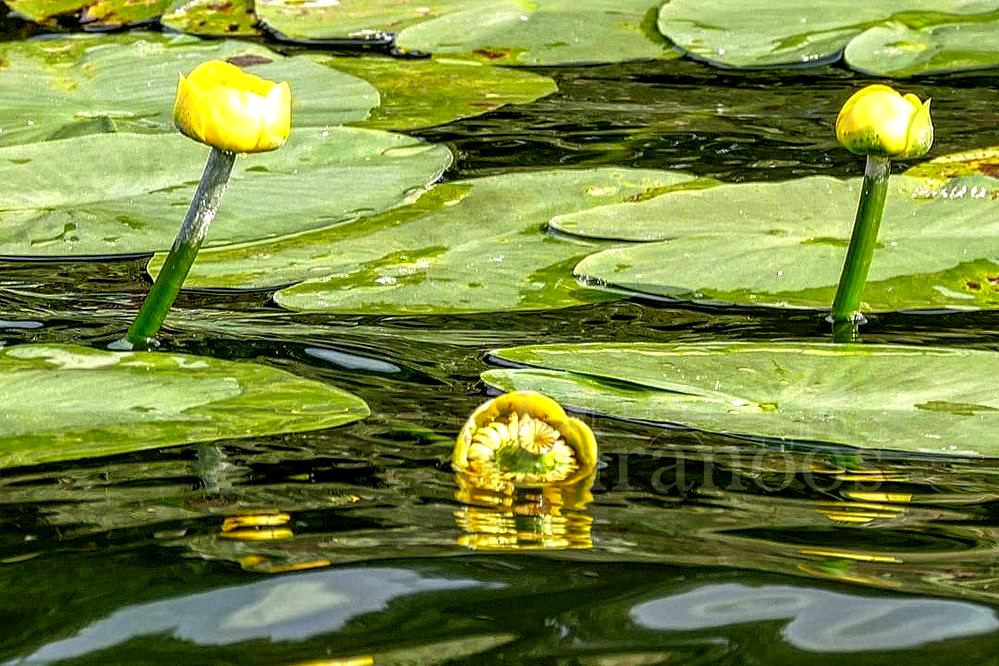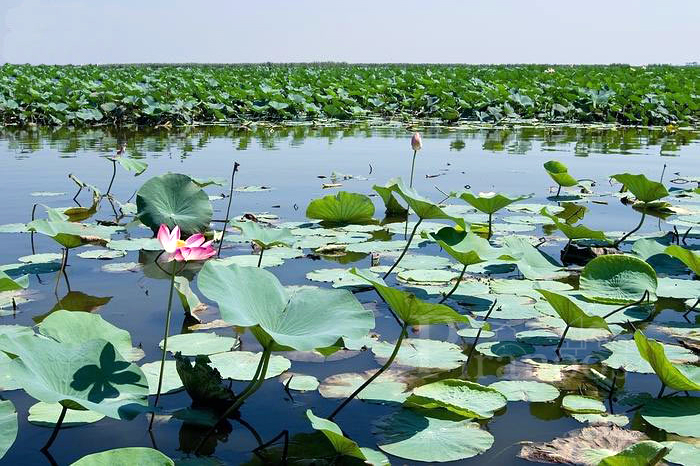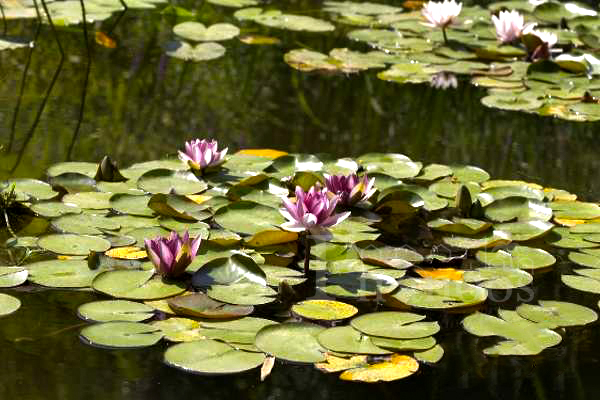As well as many historic monuments, Kermanshah province has many natural sites. The mountainous area and its great location provide the province with so many beautiful landscapes. So, Kermanshah province is a very popular spot among adventurous hikers, mountain climbers, and nature lovers.
About 14 kilometers northwest of Kermanshah city, an astonishing natural attraction is located. Sarab-e Niloofar is how locals call it. The attraction is a beautiful, small lake which until recently, was home to the thousands of water lily flowers during the warmer months of the year. In recent years, many of the water lilies have dried due to long-term droughts and excessive groundwater harvesting. But the lake is still among the popular destinations in Kermanshah. In this article, we are going to explore this beautiful natural attraction together.
The lake is located near a village with the same name. The village is in Baladarband rural district in the central district of the province. Sarab-e Niloofar lake is at the beginning of Sanjabi district on the slopes of Kamajar mountain. The rocky mountain of Kamajar is among the attractions of Kermanshah as well, where you can enjoy camping and hiking. Sarab-e Niloofar lake is 25 meters above the sea level and it has created a lovely view. The whole area of the lake is about 1331 hectares. It seems like a large pond covered with beautiful water lilies.

Because of its unique characteristics, the “Cultural Heritage, Handicrafts and Tourism Organization of Iran” listed Sarab-e Niloofar lake as the 55th natural heritage of Iran in 2009. The lake looks like a large pool full of beautiful flowers. According to the investigations, the depth of the lake reaches more than 32 meters at some points. There are several underwater caves beneath the lake, but it is so hard to explore them. The water of the lake comes from some natural springs. These natural resources provide the lake with such clear water that you can see the stems of the flowers dancing under the water.

In the Persian calendar, 6th Tir (27th June) was the celebration of the lotus flower. This shows that this beautiful flower was of high importance to Iranian people. The flower, which is also known as the water lily or eastern lily, has been regarded as a universal symbol in most Eastern civilizations. The lotus flower has its roots in the soil and its stems are in the water, but it faces the sun. Iranian people considered the lotus as a symbol of purity. Even though it grows from the mud, it is still pure and clean.
The lotus symbolizes nobility, spiritual growth, perfection and the cycle of birth and human growth. Myths and beliefs of the ancient Chinese people say that at the beginning of creation when the Creator was alone in the primordial waters, there was only a lotus leaf. The creator then put a lotus flower on to the lotus leaf and created the surface of the earth. As such, the lotus has become a symbol of the world. The many layers of its petals represent the different periods of the world and its various stages. According to this myth, the eight lotus petals are indicators of eight existing directions that emerged after creation. These eight directions are right-left, front-back, top-down, outside-inside. So, the flower is a sign of purity and the potential power from which the sacred power of life and knowledge emerges.

In Iranian mythology, this flower is a symbol of the goddess Nahid, a prominent figure in ancient Iranian rituals. She is the goddess of water, carved as the face of a young lady in ancient reliefs. The name of this goddess was first seen as Anahita in Achaemenid carvings and the lotus flower is the flower of Anahita. In Zoroastrianism, this flower is the symbol of Ahura Mazda, the creator and highest deity of Zoroastrianism. The human symbol of Ahura Mazda is the torso of a man holding a lotus flower in his hand. The lotus image engraved on Persepolis indicates the importance of this flower to Iranians.
According to the ancient legends of Kermanshah, there is still a treasure of Khosrow Parviz beneath the waters of this magical lake. He was the last great Sasanian king of Iran.
The lotus blooms during the warmer seasons of the year. So, it would be great to plan to visit the lake during the summer. You then will have the opportunity to see the beautiful flowers covering the lake. If you are lucky, you will also visit herons, geese, ducks and other birds inhabiting around the lake.